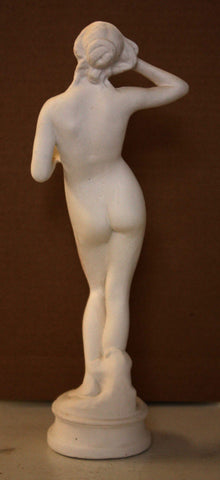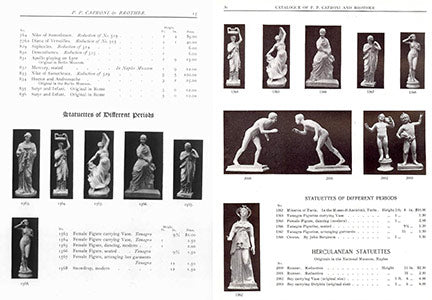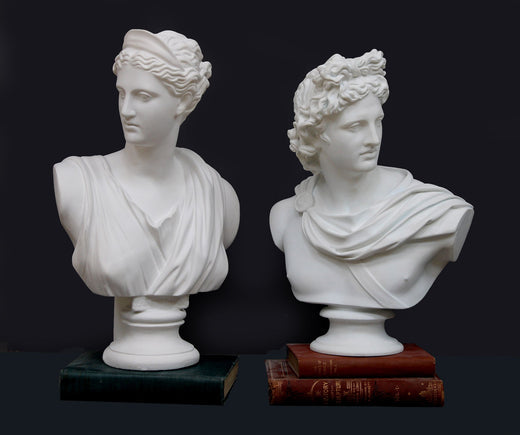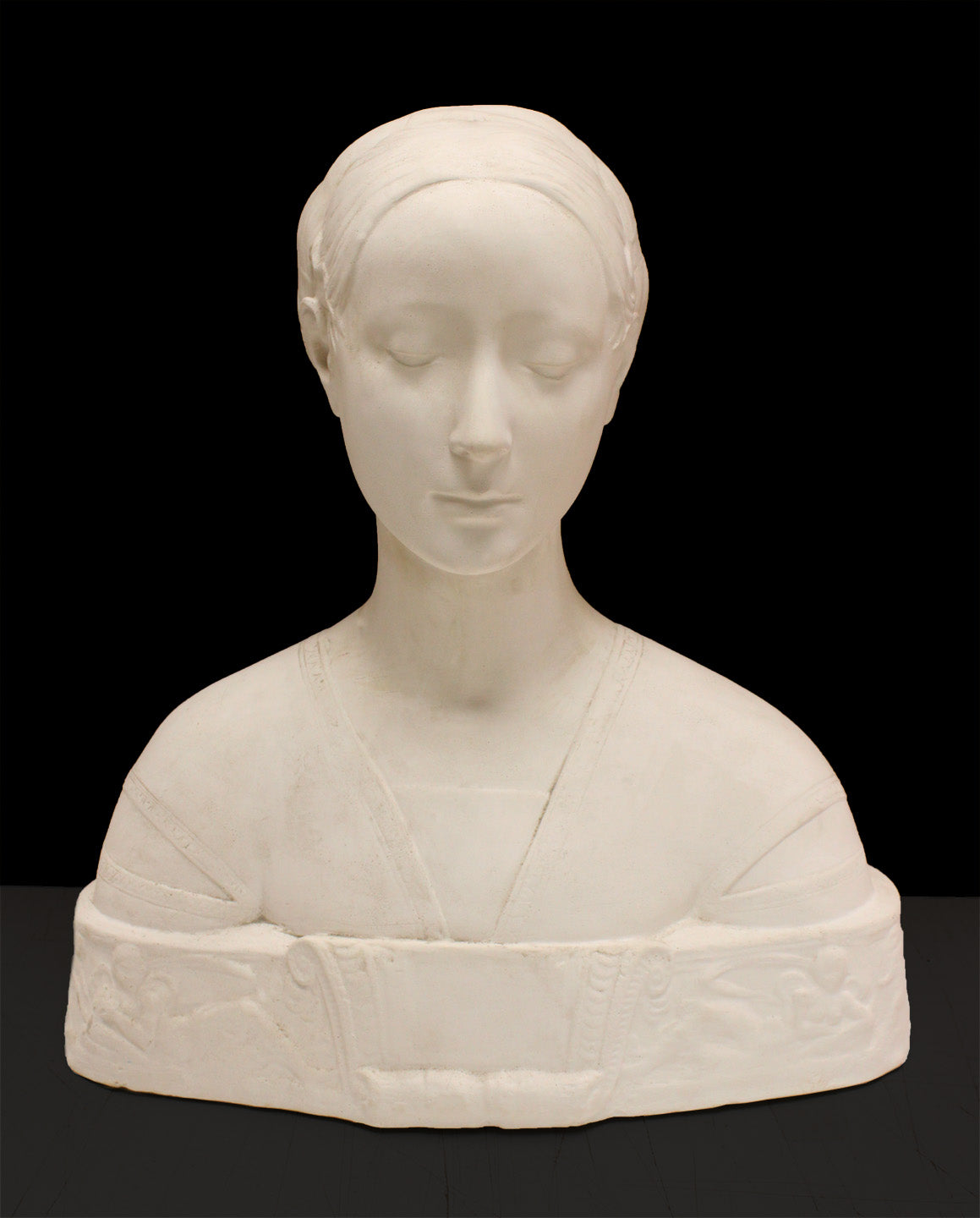Our recent research has revealed the mistaken identification of the piece we were calling Crocus. We learned that the sculpture of a nude female is actually called Snöklockan, or The Snowdrop, and was created by Per Hasselberg. Knowing its real title and maker has allowed us to find information and details about both the piece and sculptor. We were excited to finally learn about this piece and now want to share its background with you.

Front view of The Snowdrop Item #797
Swedish artist Per Hasselberg (1850-1894) created the life-sized figure Snöklockan in 1881, and it is considered his most prominent work. First cast in plaster, Hasselberg exhibited the sculpture at the 1881 Paris Salon. Many copies and reductions were created afterwards. In 1883, the National Museum in Stockholm commissioned a marble copy, and later in 1900, a bronze copy was made for placement in a park in Stockholm. As the City Museum of Stockholm notes, this bronze reproduction was the first public sculpture in the city installed solely as a work of art. In an issue of London’s Studio International in 1898, one author writing about the work said “the artist has given form to all that is most charming in woman—innocence of heart and purity of mind,” and that The Snowdrop’s soul is “expressed in every line, in every curve of her graceful body.” While her hip swings out, the young female rests her weight on her right leg. Eyes closed, she has one hand in her hair that is pulled back loosely. The other hand touches the tattered piece of cloth wrapped around her upper abdomen. Although the detail is soft in the reduction, at the female’s feet are snowdrops, a type of flower, sculpted into the ground that surrounds her lower right leg.

Back view of The Snowdrop Item #797
Hasselberg’s works were naturalistic, and he is known for his nude female figures. He attended the École des Beaux-Arts in Paris beginning in 1877, and his Snowdrop brought him fame and work. The sculpture is also known as The Snowbell and The Spring Snowflake. Two more pieces, also of nude females, are very well-known, and these are Grodan (The Frog) and Näckrosen (The Water Lily). In the same aforementioned Studio International article, written four years after the sculptor’s premature death, the author declared that the late Hasselberg had “left his country an inheritance which ought to bear abundant fruit for generations to come.”
P.P. Caproni and Brother, our predecessor company, first offered reproductions of the artwork in 1905 in a supplement to their 1901 catalog. The piece was listed as Snowdrop, modern without mention of an artist under a section entitled “Statuettes of Different Periods.” The next catalog it appeared in was the 1911 publication. It was listed as Crocus by John Borgeson. John Börjeson (1835-1910), his name spelled incorrectly or anglicized in the catalog, was another Swedish sculptor active around the same time as Hasselberg. He is also known by the alternate first name Johan and the last names Borjesson and Bojreson. Today, we at the Giust Gallery can only assume this description was a mistake, or that research had led P.P. Caproni and Brother to believe their earlier identification was the mistake. In later Caproni catalogs, it continued to be listed as Börjeson’s piece. Since the 1911 catalog was the one featuring the largest number of sculptures, we refer to that publication most often when identifying pieces in our collection. As a result, The Snowdrop has been incorrectly identified for some time, until our recent research discovered its true title and maker.

Left, scan of a page from “Supplement for 1905 to Catalogue of Sculpture — Supplement for 1905 to the Catalogue of Plaster Cast Reproductions”; Right, scan of a page from “Catalogue of Caproni Casts — Catalogue of Plaster Reproductions from Antique, Medieval and Modern Sculpture, Subjects for Art Schools, Edition of 1911”
You’ll now find the sculpture on our website as The Snowdrop. We were happy to correct our information and to learn the history of this 19th-century piece. We hope you enjoyed this little discovery of ours and have a newfound appreciation, as we do, for this beautiful sculpture.
Best,
Kayla
Please note: Additional sources used can be found on the product page.

